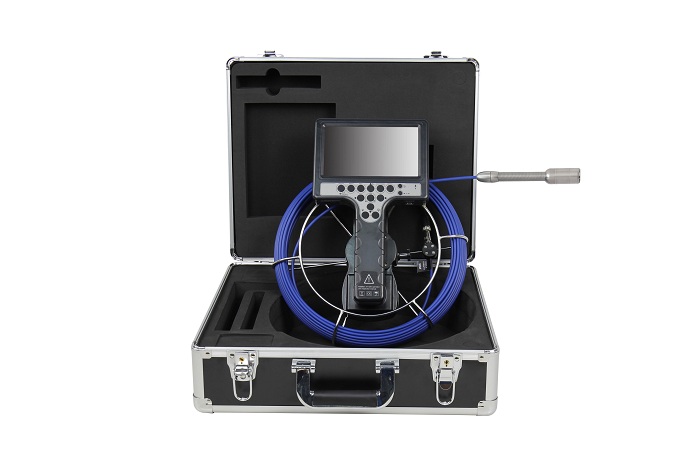Exploring Industrial Videoscope Prices: Factors and Considerations
Industrial videoscopes have become indispensable tools in various sectors, 製造業も含めて, メンテナンス, and inspection. These versatile devices allow professionals to visually examine hard-to-reach areas, facilitating efficiency and accuracy in diagnostics and assessments. As demand for industrial videoscopes grows, understanding the factors that influence their prices is essential for making informed purchasing decisions. 記事上で, we delve into the key considerations that impact industrial videoscope prices.
1. Technology and Features:
The technology incorporated into an industrial videoscope greatly influences its price. Basic models with standard features, such as image and video capture, tend to be more affordable. しかし, higher-end videoscopes come equipped with advanced functionalities like articulation capabilities (allowing the camera to bend), high-definition resolution, adjustable LED lighting, wireless connectivity, and compatibility with various accessories. These additional features contribute to an increase in price but also enhance the device’s utility and performance.
2. Image Quality:
Image quality is a pivotal factor in industrial videoscope pricing. 高解像度カメラ, typically measured in megapixels, result in clearer and more detailed visuals. Better image quality is crucial in applications where intricate details need to be examined, such as in aerospace or automotive inspections. Enhanced image quality often comes with a higher price tag due to the advanced camera technology and optics required.
3. Probe Length and Diameter:
The length and diameter of the videoscope probe impact its flexibility and usability. Longer and thinner probes can reach deeper and more confined spaces. しかし, these factors can affect manufacturing complexity and durability. Videoscopes with longer, slimmer probes tend to be more expensive due to the engineering required to maintain both maneuverability and structural integrity.
4. 耐久性と構築品質:
Industrial environments can be harsh, with exposure to dust, 化学薬品, and physical impacts. したがって, videoscopes designed to withstand such conditions often feature rugged constructions, protective coatings, and robust materials. These models are priced higher due to the additional engineering and materials needed to ensure the device’s longevity under challenging circumstances.
5. 携帯性と人間工学:
Portability and ergonomic design are critical for professionals who need to carry and operate the videoscope for extended periods. Compact, lightweight videoscopes with user-friendly interfaces tend to command higher prices. The investment in designing a device that is comfortable to handle and reduces user fatigue contributes to the overall cost.
6. Brand and Reputation:
Established brands with a reputation for quality and reliability often offer videoscopes at a premium. This pricing reflects the trust associated with the brand and the assurance of receiving a dependable product with comprehensive customer support.
7. After-Sales Support and Warranty:
The availability of technical support, training, and warranty coverage affects the overall cost of the industrial videoscope. Manufacturers that offer extensive after-sales services and longer warranty periods may charge more for their products. しかし, this investment can be worthwhile for businesses seeking reliable assistance in case of technical issues.
結論は, industrial videoscope prices vary widely based on technology, features, image quality, probe specifications, durability, design, brand, and after-sales support. When considering purchasing an industrial videoscope, it’s essential to evaluate your specific needs and balance them against your budget. Careful consideration of these factors will help you make a well-informed decision and select a videoscope that meets your requirements while providing a solid return on investment.


